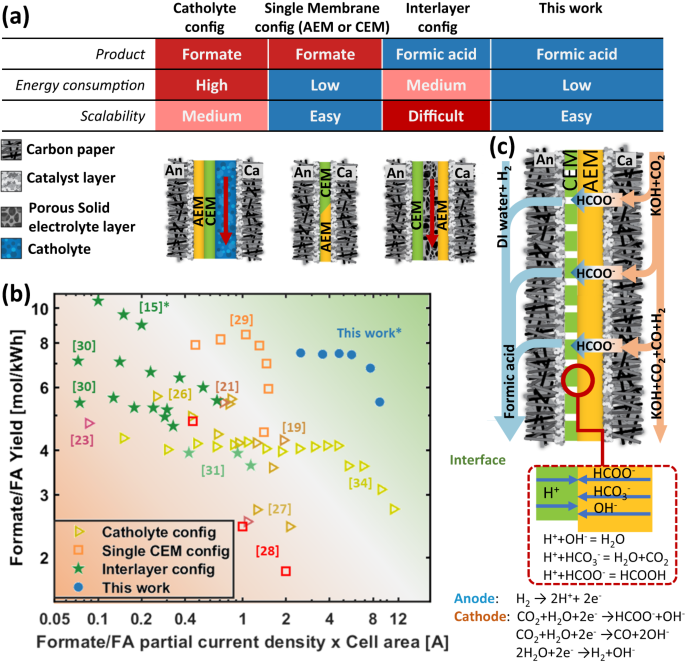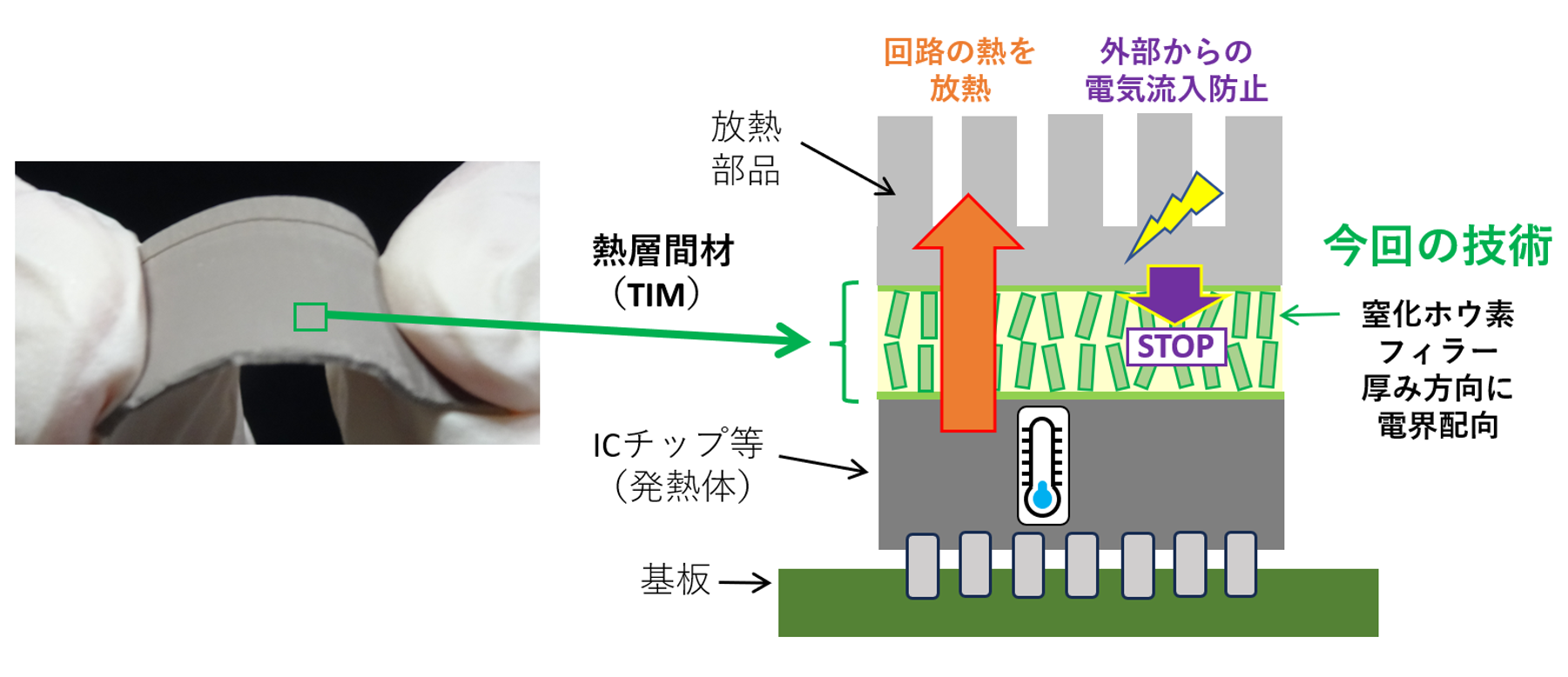2024-05-14 米国国立再生可能エネルギー研究所(NREL)
<関連情報>
- https://www.nrel.gov/news/program/2024/new-device-architecture-enables-streamlined-production-of-formic-acid-from-co2-using-renewable-electricity.html
- https://www.nature.com/articles/s41467-023-43409-6
CO2からギ酸への効率的な電気化学変換のためのスケーラブルな膜電極アセンブリアーキテクチャー A scalable membrane electrode assembly architecture for efficient electrochemical conversion of CO2 to formic acid
Leiming Hu,Jacob A. Wrubel,Carlos M. Baez-Cotto,Fry Intia,Jae Hyung Park,Arthur Jeremy Kropf,Nancy Kariuki,Zhe Huang,Ahmed Farghaly,Lynda Amichi,Prantik Saha,Ling Tao,David A. Cullen,Deborah J. Myers,Magali S. Ferrandon & K. C. Neyerlin
Nature Communications Published:22 November 2023
DOI:https://doi.org/10.1038/s41467-023-43409-6

Abstract
The electrochemical reduction of carbon dioxide to formic acid is a promising pathway to improve CO2 utilization and has potential applications as a hydrogen storage medium. In this work, a zero-gap membrane electrode assembly architecture is developed for the direct electrochemical synthesis of formic acid from carbon dioxide. The key technological advancement is a perforated cation exchange membrane, which, when utilized in a forward bias bipolar membrane configuration, allows formic acid generated at the membrane interface to exit through the anode flow field at concentrations up to 0.25 M. Having no additional interlayer components between the anode and cathode this concept is positioned to leverage currently available materials and stack designs ubiquitous in fuel cell and H2 electrolysis, enabling a more rapid transition to scale and commercialization. The perforated cation exchange membrane configuration can achieve >75% Faradaic efficiency to formic acid at <2 V and 300 mA/cm2 in a 25 cm2 cell. More critically, a 55-hour stability test at 200 mA/cm2 shows stable Faradaic efficiency and cell voltage. Technoeconomic analysis is utilized to illustrate a path towards achieving cost parity with current formic acid production methods.



